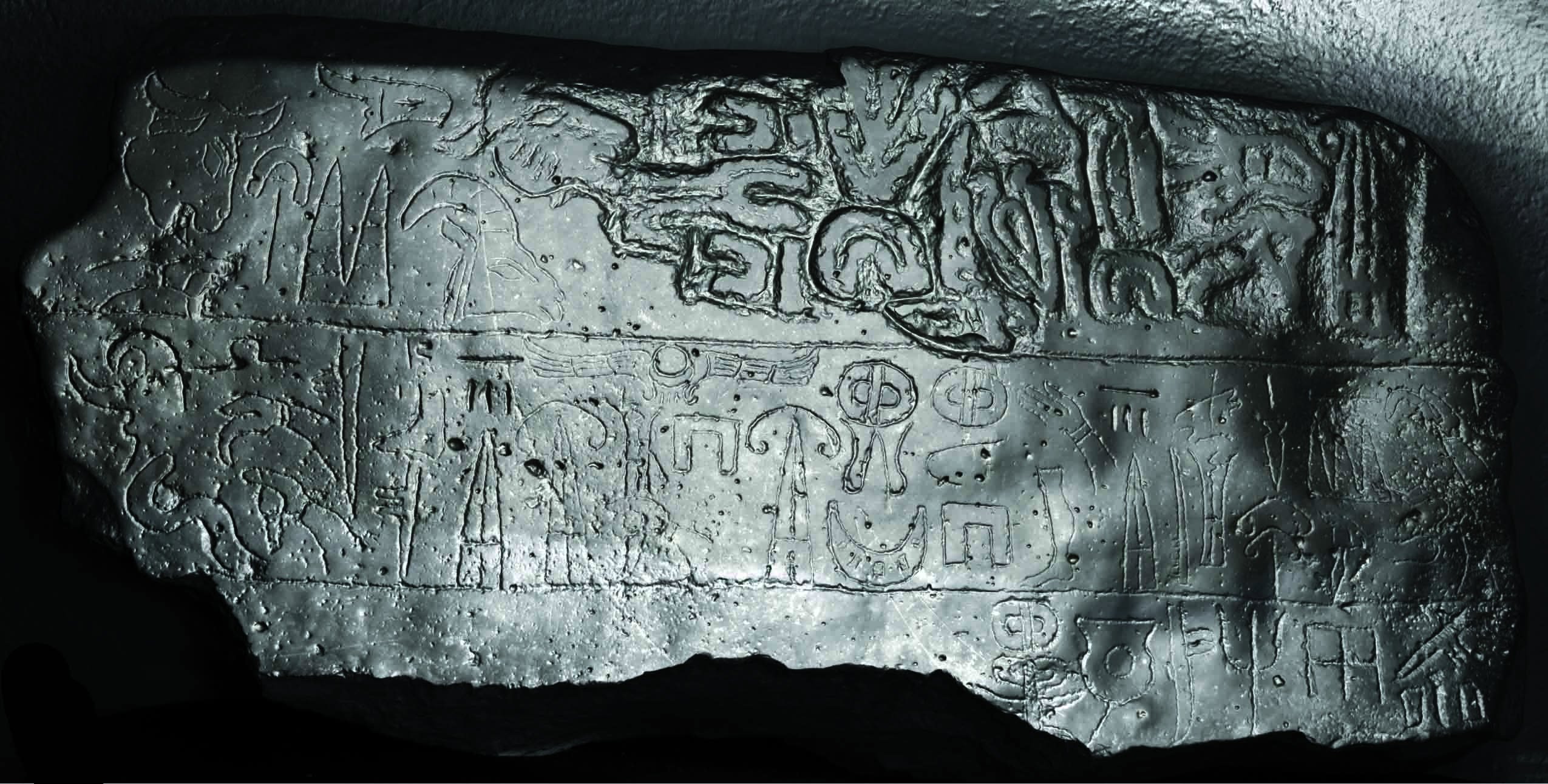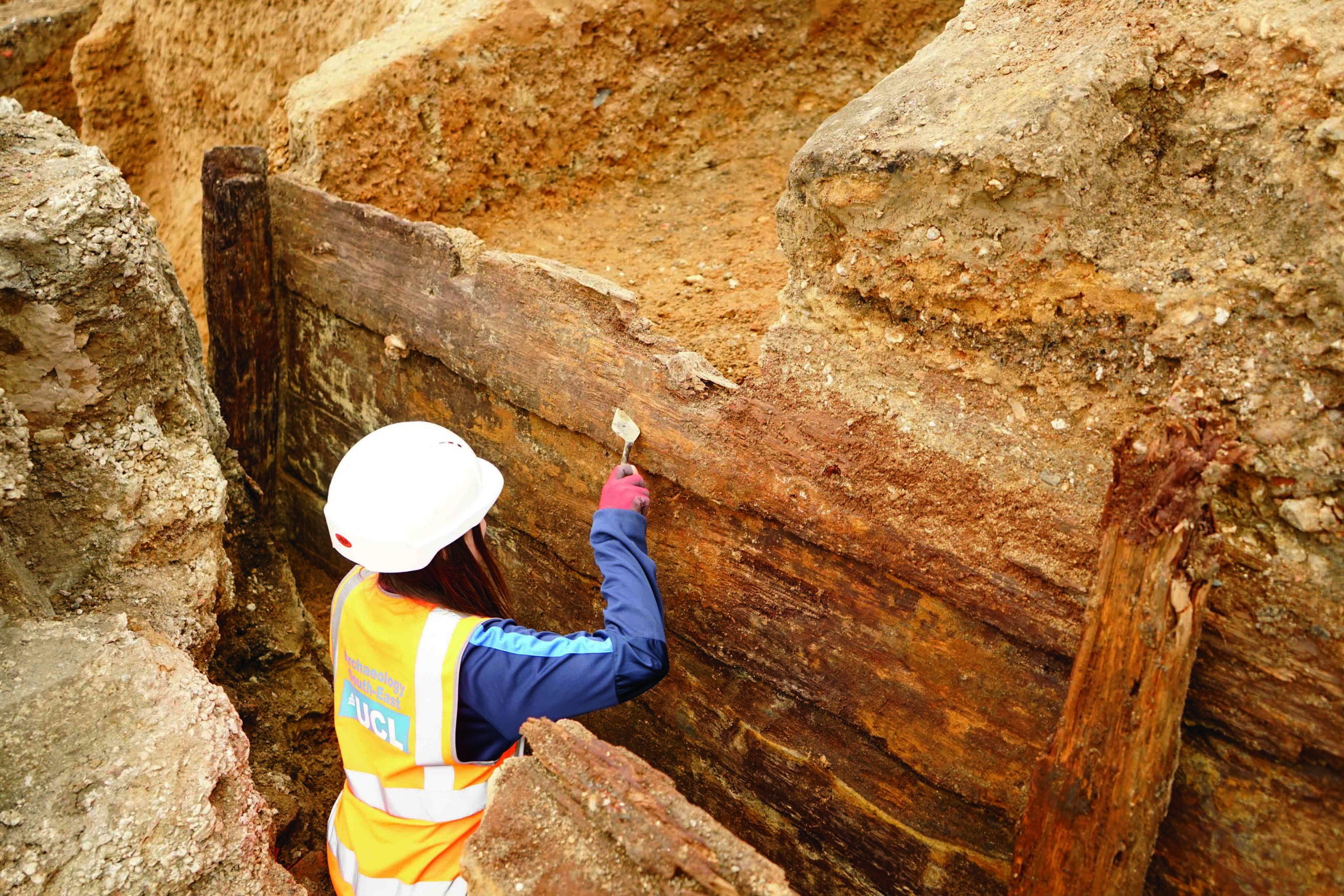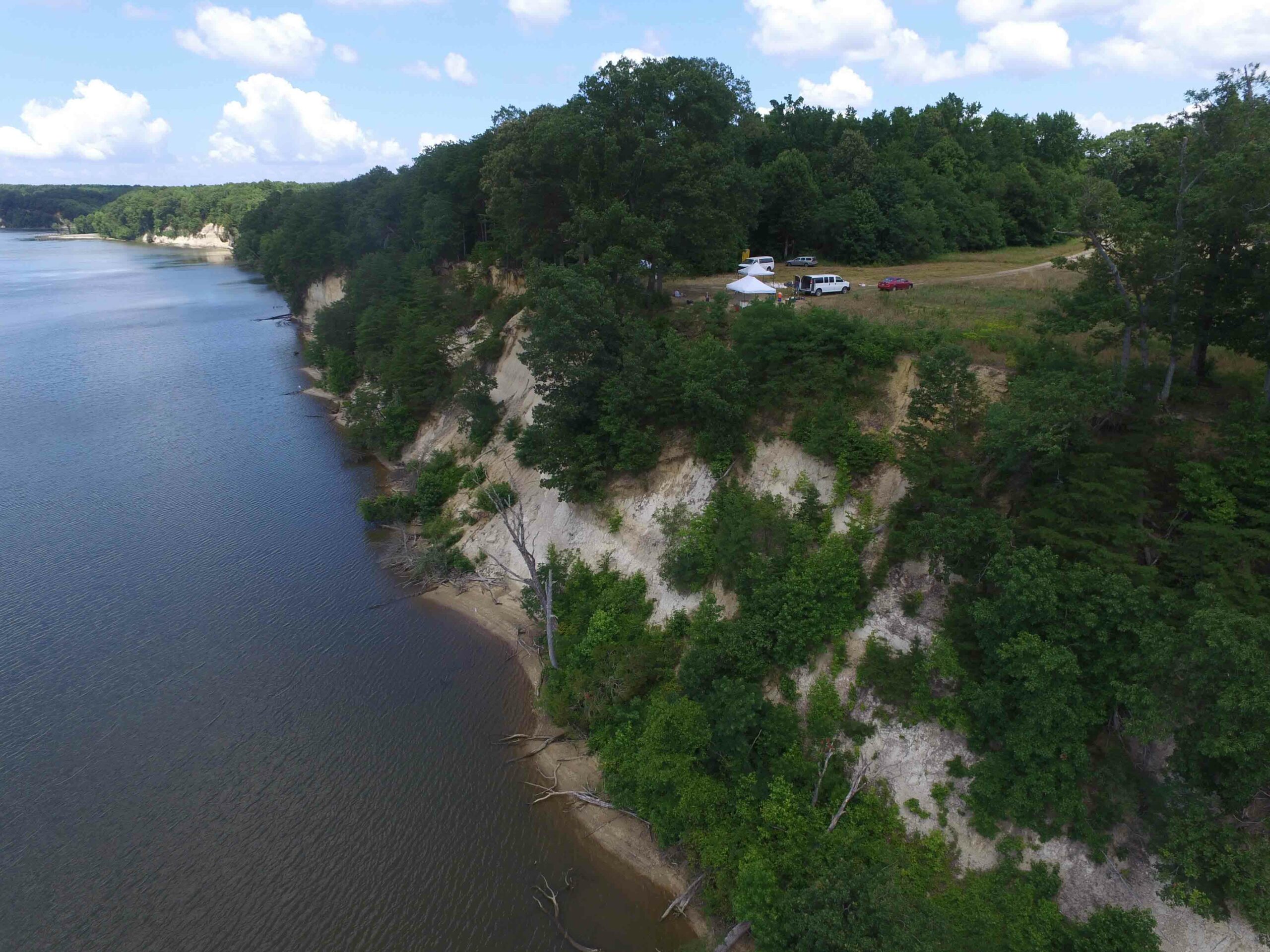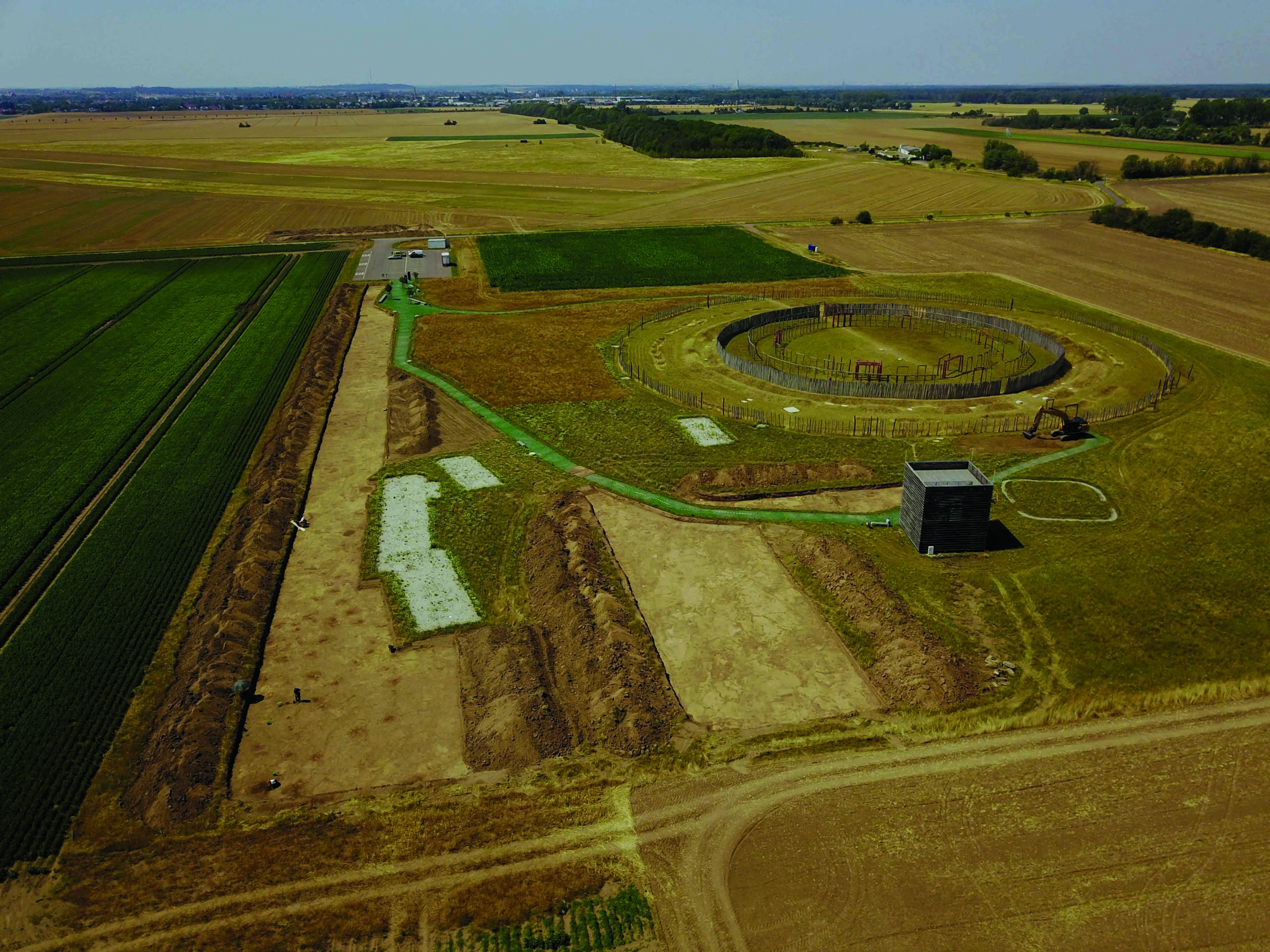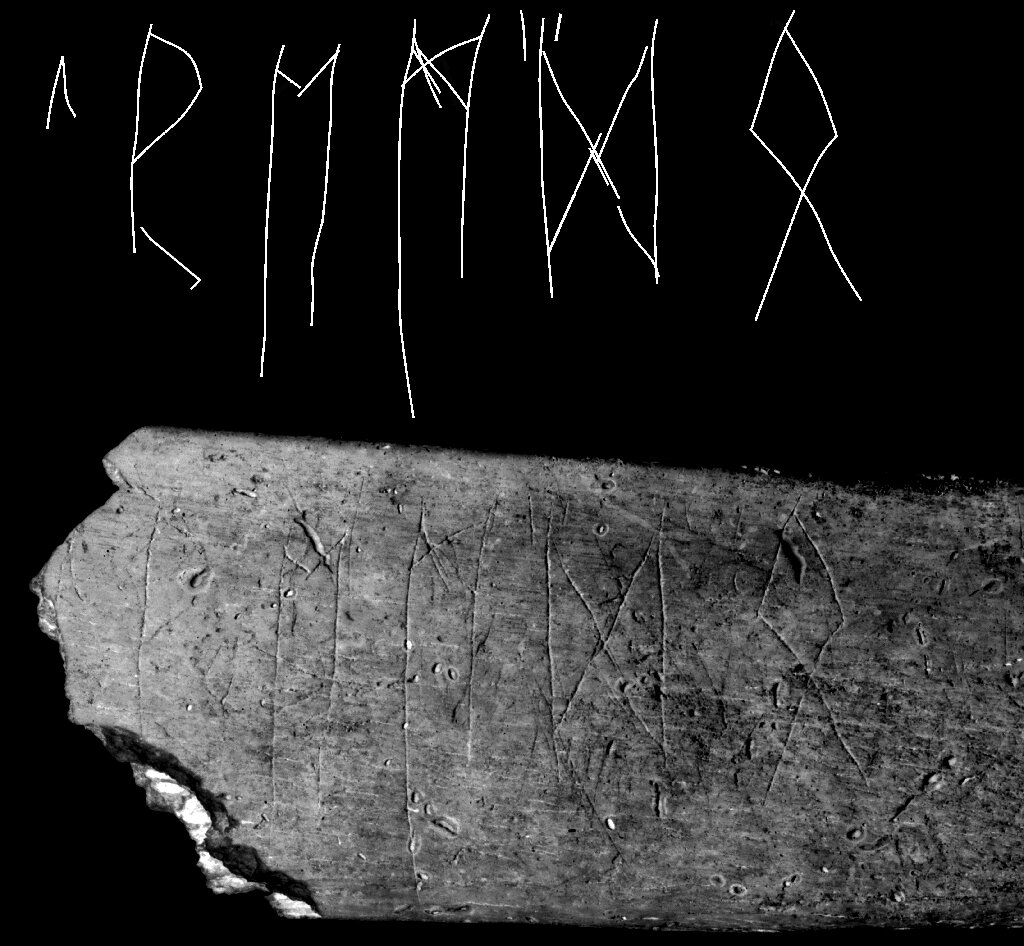
BRNO, CZECH REPUBLIC—The AFP reports that a fragment of inscribed cow bone unearthed in the southern Czech Republic has been dated to around A.D. 600, indicating that Germanic runes were employed in the region before the invention of a Slavic alphabet in the ninth century by the Christian monks Cyril and Methodius. The runes inscribed on the bone are in the Elder Futhark script, which was used by German speakers in central Europe from the second through the seventh centuries, according to Robert Nedoma of the University of Vienna. The last seven of the 24 signs in the Elder Futhark script were inscribed on the bone fragment. The international team of scientists who analyzed the bone concluded that it may have been used as a teaching tool. To read about a new interpretation of an early ninth century A.D. runestone in Sweden, go to “The Emperor of Stones.”




